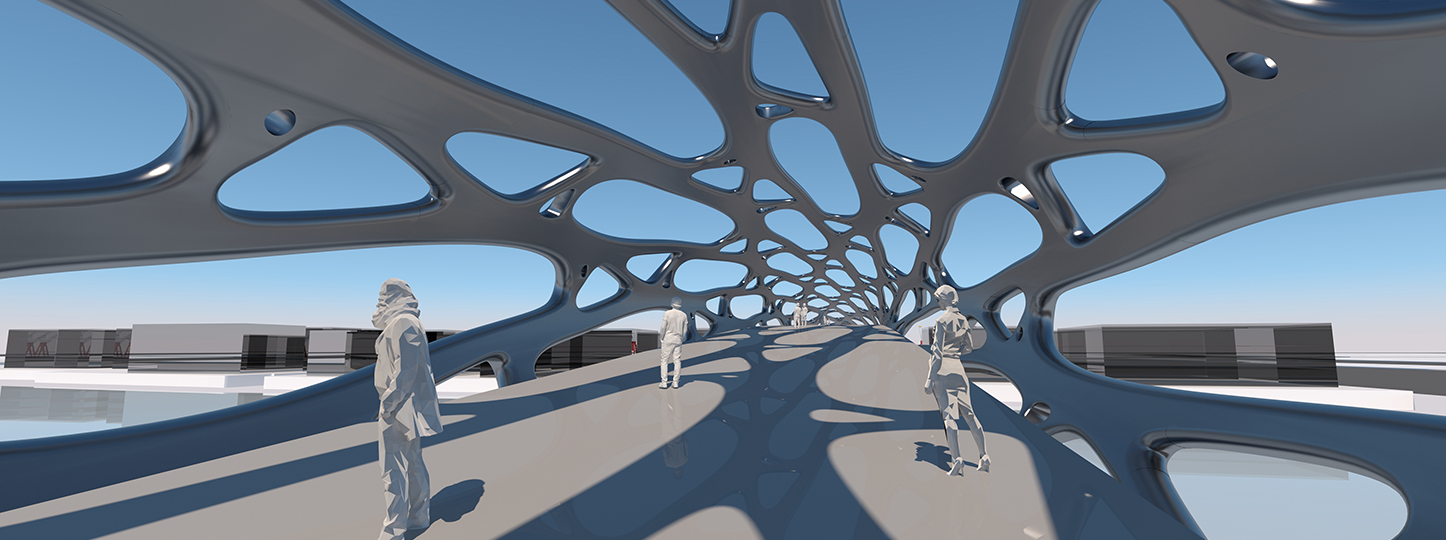Pioneering research wins prestigious Victoria Prize
New Delhi: RMIT researchers have taken out awards for Victoria’s most impactful and industry-relevant research.
Each year, veski awards the $50,000 Victoria Prize for Science and Innovation to a researcher who has significantly advanced our knowledge through globally-significant research, while producing tangible benefits for industry and society.
Director of RMIT’s Centre for Innovative Structures and Materials, Distinguished Professor Mike Xie, has won this year’s Victoria Prize in the Physical Sciences category for his leadership, determination and creativity in producing world-leading architecture and design algorithms.
Meanwhile, four RMIT early career researchers were awarded Victoria Fellowships for their industry-focused scientific advances.
Xie’s computer algorithms create elegant, free-form structures at almost any scale – from tiny biomedical implants to enormous sports stadiums – that have the support where needed in the most efficient way possible, just as in nature.
This pioneering work is not just about appearances but about harnessing the full potential of digital technologies to enhance performance and reduce environmental impact of structures and products of the future.
“The key to my research success has been bringing architecture and engineering together for the productive insights that each can offer to the other,” says Xie.
“I’m lucky to be at RMIT where both these disciplines are very strong and where I can help build the next generation of cross-disciplinary researchers in this area.”
Xie has worked on bridges, buildings, aeroplane wings, furniture, biomedical implants, and even the Sagrada Familia Basilica in Spain.
Meanwhile, thousands of engineers and architects around the world have used his team’s Evolutionary Structural Optimisation (ESO) and Bi-directional ESO (BESO) technology to design novel structures including several landmark buildings.
Xie said he was “humbled and delighted” to receive the Victoria Prize.
“It is a tremendous honour to join an august group of 34 other leading Victorian scientists who have been awarded this prestigious prize since 1998,” he said.
“I am most fortunate to have built a talented research team at RMIT, thanks to strong support from RMIT University, and from the Australian Research Council through the Laureate Fellowship program.”
A chair designed and manufactured by Prof Mike Xie’s team using the BESO method and 3D printing technology (credits: Albert Li, Jiaming Ma and Mike Xie)A chair designed and manufactured by Prof Mike Xie’s team using the BESO method and 3D printing technology (credits: Albert Li, Jiaming Ma and Mike Xie)
RMIT innovations fuelling industry advances
Meanwhile, four RMIT early career researchers have been awarded prestigious Victoria Fellowships, which recognise the important role of innovation in Victoria’s economic future.
Dr Denver Linklater was awarded a fellowship in the life sciences category for her work on developing new bacteria-killing surfaces, inspired by nature.
Through a comprehensive range of in vitro and in vivo tests, Linklater is focused on finding new materials which can be implanted during surgery to reduce the risk of bacterial infection.
Dr Andreas Boes received the fellowship to support his work on high precision motion sensors.
This cutting edge photonic chip technology has practical applications in self-driving cars, drones, robotics, manufacturing machinery, navigation, sensing and surgery equipment.
Dr Taimur Ahmed was recognised for his work on a new class of artificial neurons towards the creation of a bionic brain.
These neurons mimic the cognitive processes of the human brain, helping us understand neural disorders and, importantly, how to manipulate them for targeted diagnoses.
Dr Maggie Zhai is developing more robust genetic therapies and vaccines that are less prone to degrade upon entering the body.
The fellowship will support her ongoing work in developing drug-encapsulating materials – made up of lipid nanoparticles – that protect their precious cargo so they can get to where they’re needed.
These awards are supported by the Victorian government and are the state’s premier science and innovation awards.

